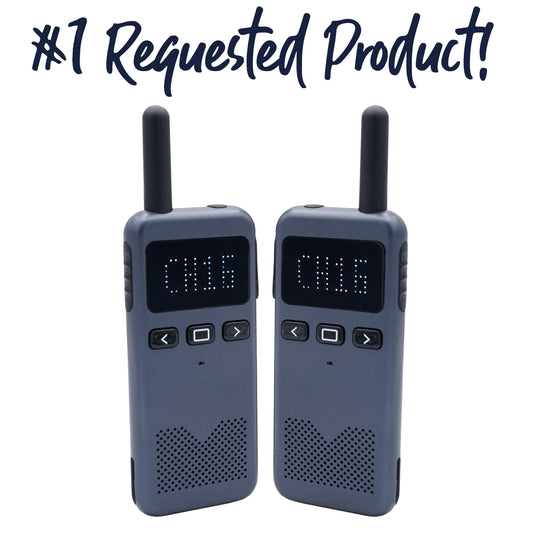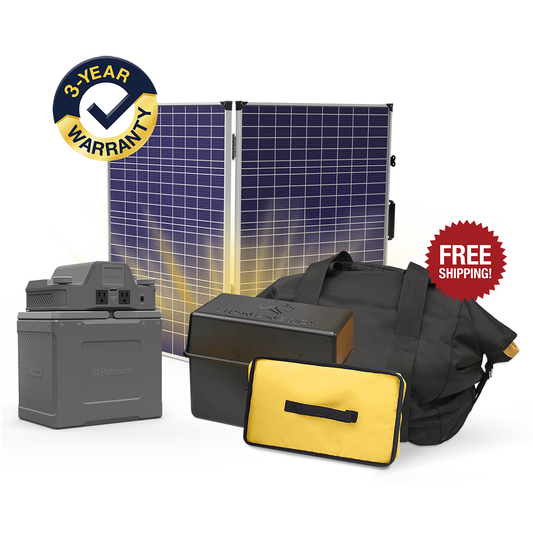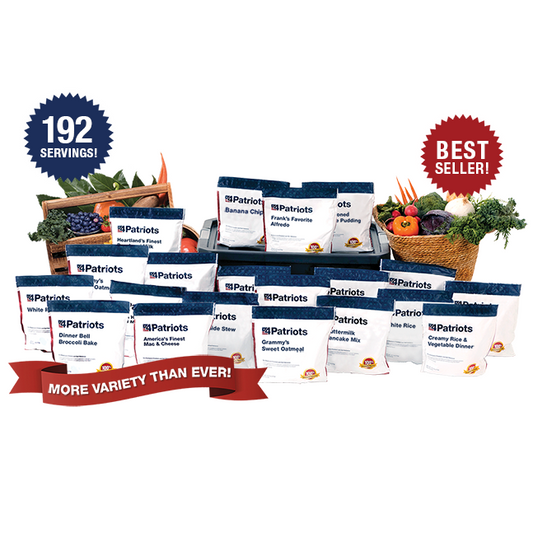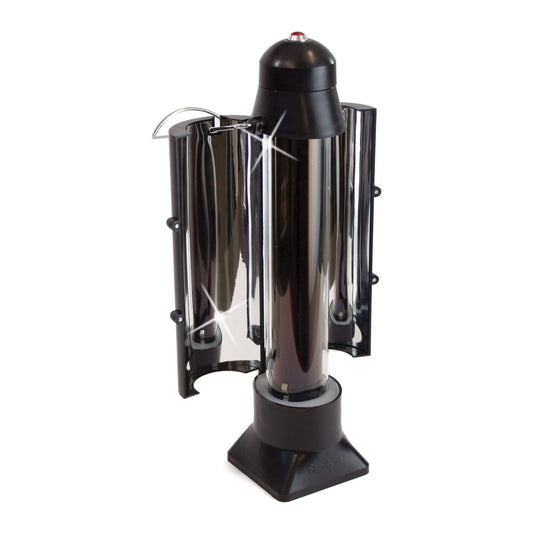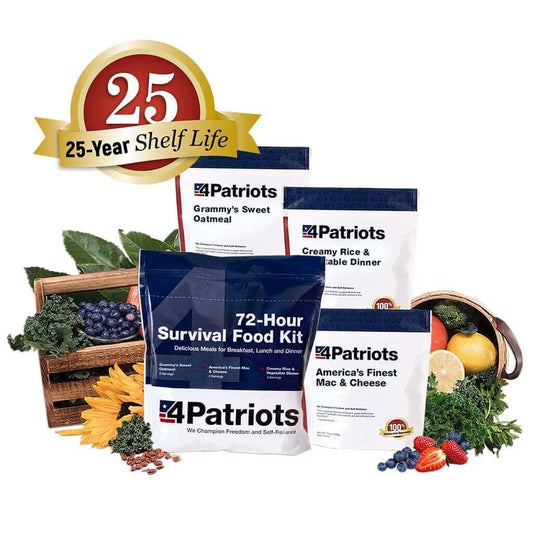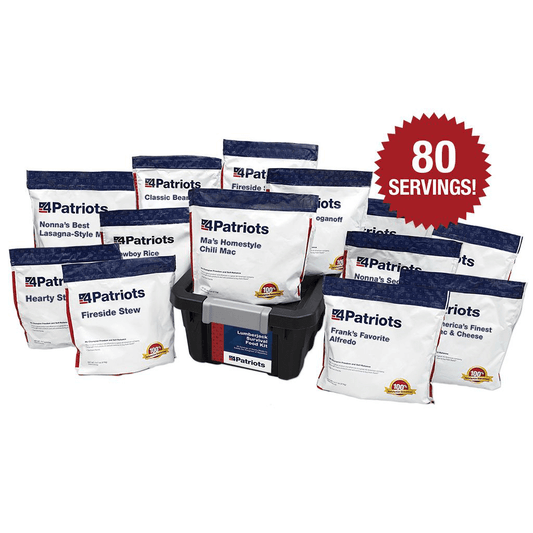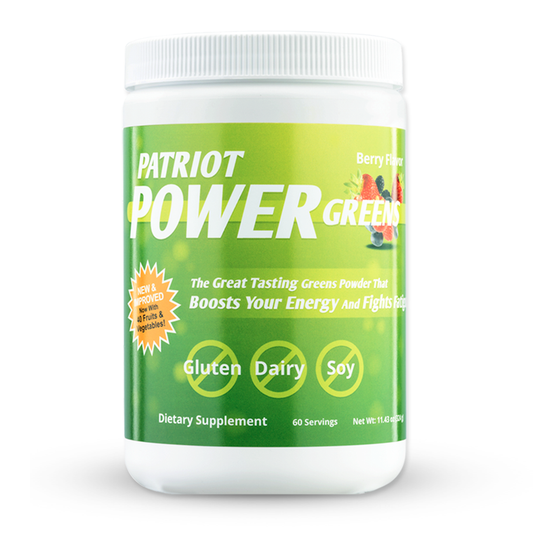
11 Survival Uses for Peppermint Oil

The jury may still be out regarding essential oils. Some people swear by them. Others are skeptical that they provide enough value.
But even many of those who aren’t completely sold on essential oils in general are sold on peppermint oil specifically.
They realize that peppermint oil has a multitude of uses. Both for now and during a potential survival situation.
Let’s take a look at some of these uses. Perhaps you’re already using peppermint oil. If not, you may be interested in trying it after reading this.
A garden plant that gets around
First of all, what is peppermint? It’s a garden plant with the potential to spread out over a whole garden if it’s not limited to a planter or pot.
It was originally confined to Europe and the Middle East. But now it’s found in many places around the world.
The first official identification of peppermint dates back to 1753. Swedish botanist Carl Linnaeus treated specimens collected in England as a species.
Now peppermint is acknowledged to be a hybrid mint. It’s a cross between watermint and spearmint.
Northwest is peppermint oil hotbed
This perennial plant grows to between one and three feet tall. Out of the smooth stems come dark, slightly fuzzy green leaves with reddish veins.
During flowering season (usually mid- to late summer), purple flowers emerge from this fast-growing plant.
Peppermint grows best when it’s in moist, shaded places. But it doesn’t mind a little sun. It flourishes with plenty of water, but not when water-logged.
Peppermint leaves are processed for their essential oil. Flavorings are used for toothpaste and chewing gum, due to its menthol content. Most of the peppermint oil in the U.S. is produced in the Northwest.
A multipurpose essential oil
Many people use peppermint oil to promote their health. They believe it aids their digestion, circulation and respiratory system.
In fact, the National Institutes of Health says that peppermint oil reduces spasms in the digestive tract.
Peppermint oil is also considered an anti-inflammatory and an antiseptic. Many love its smell. They use it as a breath and air freshener.
Some use it topically on skin. Its surface warmth is said to relieve pain below the skin.
11 ways to use peppermint oil
Among the many ways people use peppermint oil are the following.
Stay awake. Combine a citrus oil such as orange or lemon with peppermint, and rub it on the back of your neck. Then breathe in the oil remaining on your hands.
Relieve joint pain. When combined with rosemary, lavender and carrier oil, it can be rubbed on achy areas.
Nausea relief. Either a drop in hot water to drink or on the abdomen to rub in for an upset stomach.
Headache relief. Massaging a few drops of peppermint oil into the temples and the base of the skull might do the trick.
Coughs and cold relief. Massage two or three drops of peppermint oil onto the chest for relief from a cough and congestion.
Heartburn relief. In your cup of tea, add a teaspoon of honey and a drop of peppermint oil.
Itch relief. One study found that a topical application of a 1 percent peppermint oil solution led to improvements in how long itchiness lasted and its severity.
Allergy relief. Deeply inhale peppermint oil that’s been combined with lavender, lemon and carrier oil.
Stress relief. Add peppermint oil to a diffuser for a therapeutic aromatherapy that can calm you down when you’re feeling stressed.
Soaking Feet. Your feet are bound to become sore and swollen in a survival situation. Add peppermint oil to water and soak those puppies for a while.
Pest repellent. Mice, raccoons, spiders and ants do not care for peppermint. Soak cotton balls with peppermint and place them at entry points to your home or shelter. You can even make a bug spray for your garden using several drops of peppermint oil in water.
You can find plenty more medicinal and other uses for peppermint oil in an Internet search. But these should get you started. Let me know how you like it.
Featured Products
- Regular price
- $699.95
- Regular price
-
- Sale price
- $699.95
- Unit price
- per
- Regular price
- $2,999.95
- Regular price
-
- Sale price
- $2,999.95
- Unit price
- per
- Regular price
- From $29.95
- Regular price
-
- Sale price
- From $29.95
- Unit price
- per
- Regular price
- $3,499.95
- Regular price
-
- Sale price
- $3,499.95
- Unit price
- per
- Regular price
- From $29.95
- Regular price
-
- Sale price
- From $29.95
- Unit price
- per
- Regular price
- $2,499.95
- Regular price
-
- Sale price
- $2,499.95
- Unit price
- per
- Regular price
- $499.95
- Regular price
-
- Sale price
- $499.95
- Unit price
- per
- Regular price
- $999.95
- Regular price
-
- Sale price
- $999.95
- Unit price
- per
- Regular price
- From $29.95
- Regular price
-
- Sale price
- From $29.95
- Unit price
- per
- Regular price
- $2,999.95
- Regular price
-
- Sale price
- $2,999.95
- Unit price
- per
- Regular price
- From $2,796.95
- Regular price
-
$8,390.95 - Sale price
- From $2,796.95
- Unit price
- per
- Regular price
- $4,999.95
- Regular price
-
- Sale price
- $4,999.95
- Unit price
- per
- Regular price
- From $129.95
- Regular price
-
$259.95 - Sale price
- From $129.95
- Unit price
- per
- Regular price
- $847.95
- Regular price
-
$897.95 - Sale price
- $847.95
- Unit price
- per
- Regular price
- $1,999.95
- Regular price
-
- Sale price
- $1,999.95
- Unit price
- per
- Regular price
- $279.95
- Regular price
-
- Sale price
- $279.95
- Unit price
- per
- Regular price
- From $69.95
- Regular price
-
- Sale price
- From $69.95
- Unit price
- per
- Regular price
- $29.95
- Regular price
-
- Sale price
- $29.95
- Unit price
- per
- Regular price
- $849.95
- Regular price
-
- Sale price
- $849.95
- Unit price
- per
- Regular price
- $249.95
- Regular price
-
- Sale price
- $249.95
- Unit price
- per
- Regular price
- $199.95
- Regular price
-
- Sale price
- $199.95
- Unit price
- per
- Regular price
- $129.95
- Regular price
-
- Sale price
- $129.95
- Unit price
- per
- Regular price
- $114.95
- Regular price
-
- Sale price
- $114.95
- Unit price
- per
- Regular price
- $69.90
- Regular price
-
- Sale price
- $69.90
- Unit price
- per
- Regular price
- $19.95
- Regular price
-
- Sale price
- $19.95
- Unit price
- per












